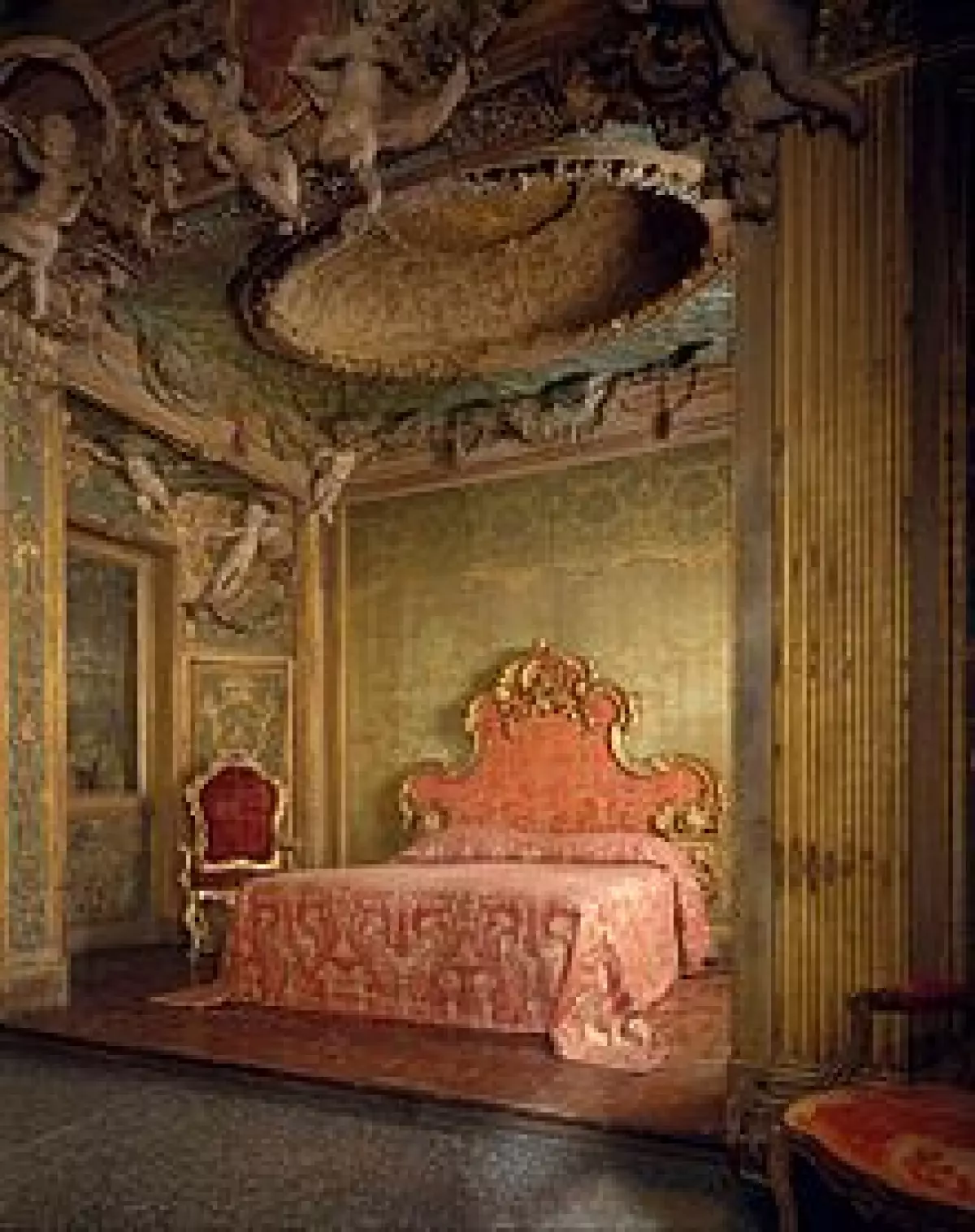Italian Baroque interior design takes us back to a time of opulence and grandeur. From the early 17th to the mid-18th century, Italy witnessed a flourishing of high-style furnishing and interior decorating. This article will delve into the history, influences, and characteristics of this remarkable design style, giving you a glimpse into the lavish world of Italian Baroque.
A Glimpse into History
In the late 16th century, Rome, the seat of an influential papacy, faced the challenges brought by the Protestant Reformation. In response, the Curia initiated the Counter-Reformation, a period of revitalization for the Catholic Church. Popes in Rome hired renowned architects, painters, and interior designers to enhance the city's public decorum. This led to the creation of magnificent palaces, churches, and redesigned papal buildings.
The Baroque style emerged as a result of these new architectural endeavors. It soon spread across Italy and other parts of Europe. Architectural styles demanded new furnishing styles, for which prominent architects like Bernini were commissioned. Carlo Fontana, among others, designed exquisite furniture pieces, such as porphyry tables enriched with bronze ornaments. The interiors of grand spaces were adorned with lavishly carved, painted, and gilded frames and case furniture.
Magnificence Unveiled
Italian Baroque furnishings were characterized by their grand scale and majestic appearance. They were ornamented with intricate carvings of human figures, cartouches, swags, and drops of boldly scaled fruits and flowers. The interiors of palazzi featured frescoed galleries lined with elaborate console tables and large looking-glasses crafted from Venetian mirror-glass.
In Florence, grand cabinets known as "stippone" were produced in ducal workshops, inspired by Augsburg cabinets. These cabinets boasted elaborate carvings and were often decorated with expensive materials like gilt bronze, ebony, and pietra dura. Genoa became known for its grand console tables, which supported huge marble slabs on carved gilt bases.
Italian baroque furnishing also incorporated Eastern influences, as Venetians imported rich fabrics and materials from other nations. Their furniture exuded sumptuousness and luxury, featuring rich silks and green and gold lacquer. However, there were differences in the interior design of grand palazzi compared to normal houses. While palazzi were lavish and sumptuous, middle-class houses had plainer furniture, including simple wooden beds, x-framed chairs, and chests.
Motifs and Characteristics
Italian Baroque interior design boasts a variety of motifs that added to its distinctive charm. Among these motifs were putti, banderoles, volutes, scrolls, grotesque figures, heraldic devices, arabesques, vases of flowers, cornucopias, architectural elements, palmettes, and shell shapes.
The general characteristics of the Baroque style are defined by its grandiosity and movement away from rectangular shapes towards more oval designs. The emphasis on theatricality, use of light and color, and textured open forms created a sense of drama and visual interest.
The Palazzo Sagredo bedroom serves as an exemplary showcase of Italian Baroque interior design. This bedroom features robust classical furnishings with intricate wood-carved stucco and ornate carvings, demonstrating the attention to detail and craftsmanship of the period.
Different Furnishings in Baroque Style
Italian Baroque furnishings exhibit common characteristics such as elaborate carvings, different types of woods, and legs that are straight, bracketed, or in Flemish scroll design. Armchairs had high backs and were often rectangular. Genoese chairs, made with rich fabrics like velvet or silk, were considered a symbol of elite status. Ormolu, a gold-colored alloy, was frequently used to decorate ornamental furniture surfaces.
Gilded frames were popular for paintings and mirrors, adorned with carved flowers and sculptural figures. Cassoni, or Italian chests, often had raised lids and were decorated with carved leaves and figures. Florentine console tables were sumptuously decorated, often gilded with gold or bronze. Florentine cabinets retained Renaissance features but incorporated new elements like pilasters, arched panels, and pietra dura designs.
Quadratura: Illusion and Perspective
Italian Baroque interior design also saw the rise of quadratura, an illusionistic ceiling painting technique. Artists would paint feigned architecture in perspective on flat or vaulted ceilings, creating an illusion of depth and continuation of existing architecture. Quadratura united architecture, painting, and sculpture, giving a more overwhelming impression of illusionism than earlier techniques. The use of perspective theory and other illusionistic painting techniques, such as anamorphosis, further enhanced the dramatic effect.
The Enduring Legacy
Italian Baroque interior design left an indelible mark on the history of design. Its grandeur and opulence still captivate us today. The intricate carvings, sumptuous fabrics, and theatrical forms continue to inspire designers and enthusiasts alike. Whether you appreciate the lavishness of palazzi or prefer the simplicity of middle-class homes, Italian Baroque interior design offers a rich tapestry of styles and influences.
Italian Baroque design transports us to a time when art, architecture, and interior design were intrinsically linked, creating a symphony of beauty and elegance for all to behold.
 The illustionistic perspective of Andrea Pozzo's trompe-l'oeil dome at Sant'Ignazio (1685) creates an illusion of an actual architectural space on what is, in actuality, a slightly concave painted surface.
The illustionistic perspective of Andrea Pozzo's trompe-l'oeil dome at Sant'Ignazio (1685) creates an illusion of an actual architectural space on what is, in actuality, a slightly concave painted surface.









